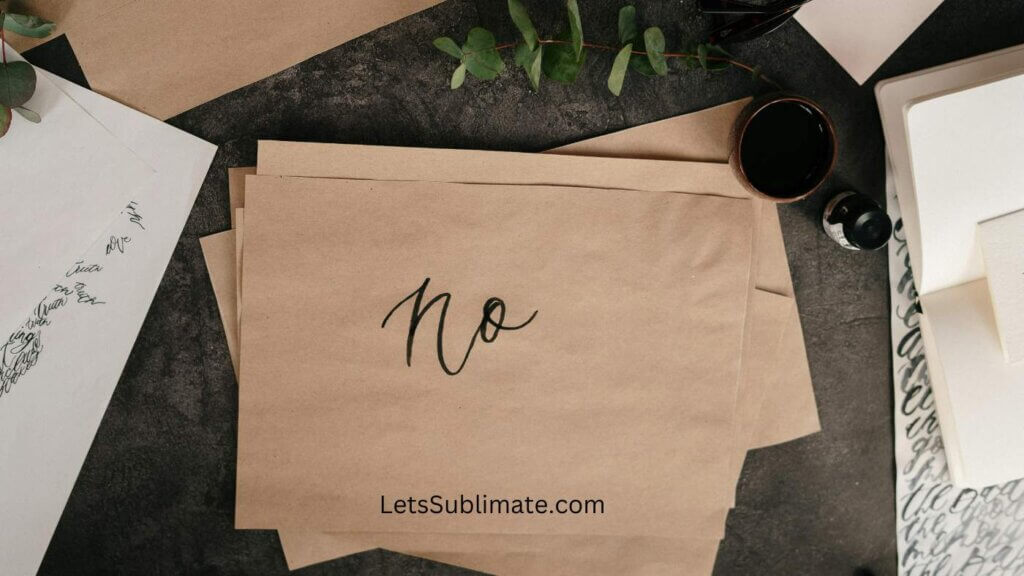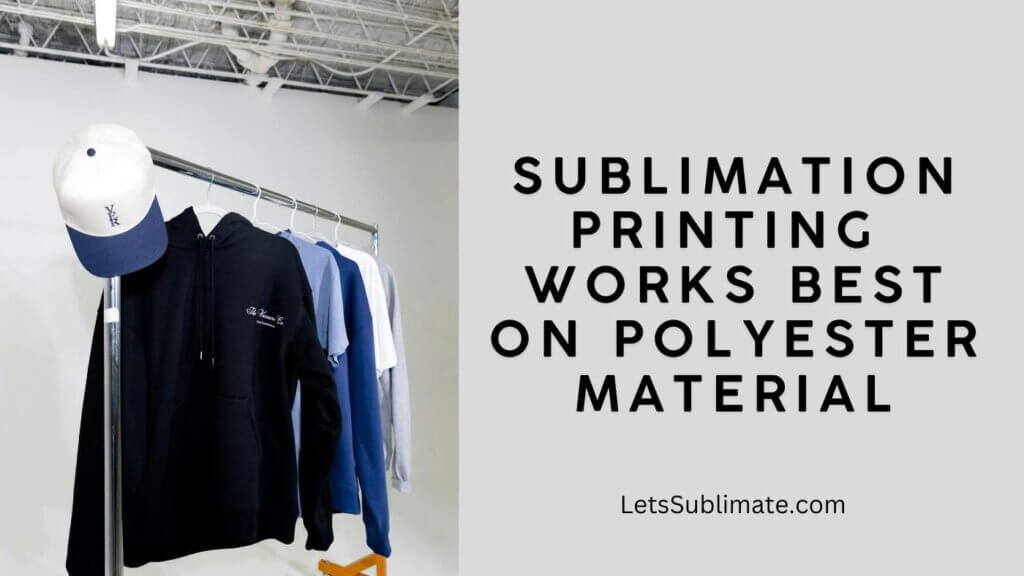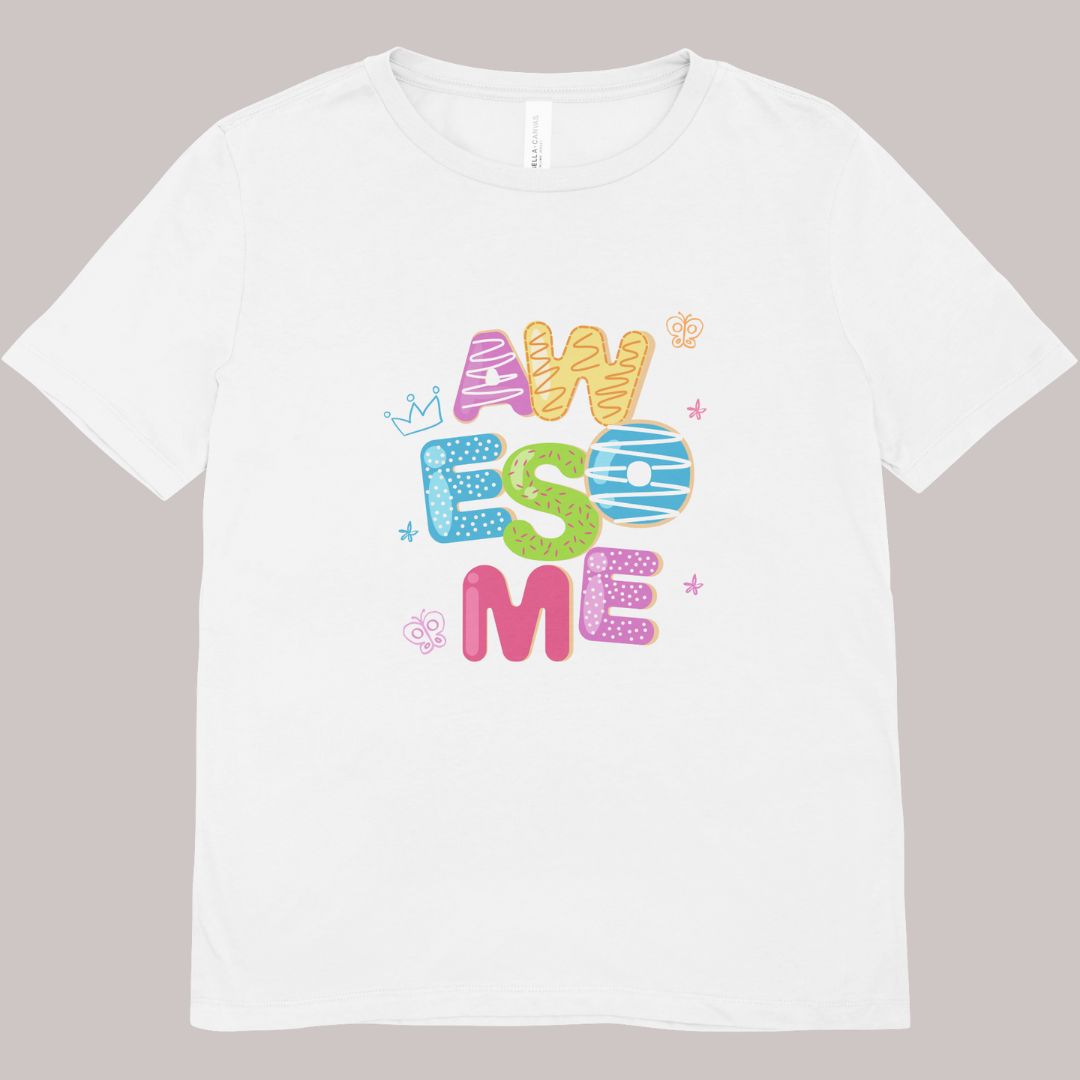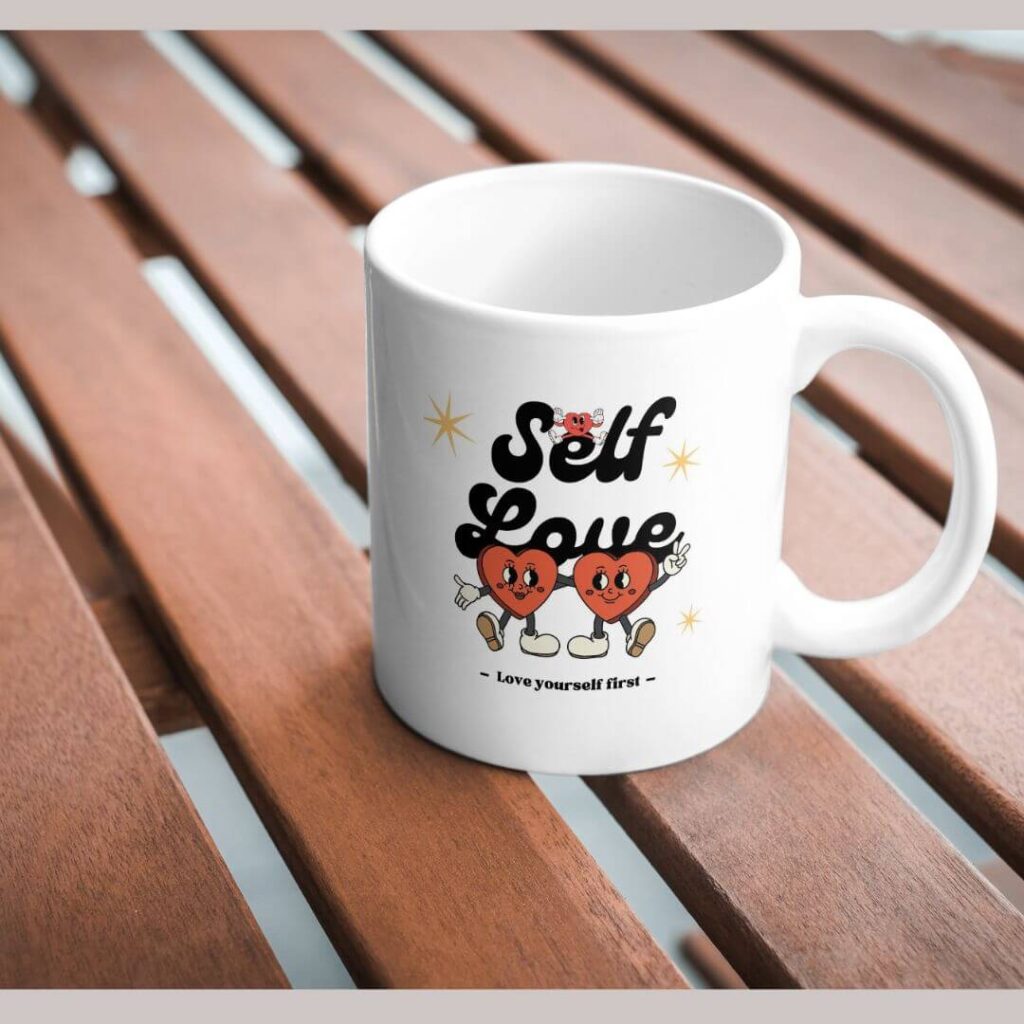Out of curiosity I bought some basic sublimation equipment and printed a few t-shirts for a Christmas party. I got a lot of appreciation and advice to do the printing work professionally. I shared the experience with my dad, and he also supported me to work more on it. I became so interested that I started researching about the doubts that rose in my mind while printing. Soon I took up watching videos for solutions. My system was filled with craft tutorials, and I became so much interested in how to do sublimation printing from home as a beginner.
After a few weeks, on my birthday my father completely surprised me with a brand new sublimation printer and other equipment. He said he researched for weeks to get this present.
I had no idea he was getting it for me. He is the best dad!
He must have picked it after I showed him 500+ crafting videos on dye – sub printing. After getting such an amazing gift I have been printing everything in sight.
Now that I have been doing it for years I wanted to fill you in with every detail you should know about this wonderful printing technique.
I am explaining and will try to answer all the questions on sublimation. If you have any questions you don’t see here, please drop in comments and I will reply ASAP!
Sublimation printing at home for beginners
What is sublimation?
It is a process when solid turns to gas without going to the liquid phase.
To be more specific, it is the process of printing an artwork and transferring it from the paper on the substrate under optimum pressure and heat. So, the ink combines with the substrate to make a permanent bond. The prints you get after this method have very little to no fading.
Can dye – sublimation be done from any printer?

No, you cannot use any printer for sublimation. Because the ink used in this printing are dyes which are not the same as the ink which you use in home printer cartridges.
Next there is the issue of the paper. Printers at home have recommended paper types which are the copy paper and not the transfer paper used in dye – sub printing. With a regular printer at home, the ink plays the main role, but with sublimation printers, paper also has a very important role.
Actually, printing on transfer paper from home office printers may not cause any printer issue, but it will not transfer on the substrate. So, it will be a waste of ink and paper.
Can you convert a home office printer to a sublimation printer?
I think this part confuses lots of people.
When I was browsing those crafting videos I saw people converting their Epson Ecotank printers to sublimation printers. It is because it is very easy to convert EcoTank printers, compared to others and they also offer great quality prints.
Many people do it instead of purchasing an expensive printer made purely for sublimation.
However, remember that home office printers cannot be turned to a dye – sub printer as their cartridges are not made for sublimation dyes.
If you are planning to do sublimation for a long time then I recommend buying a printer made for sublimation and use the dye which comes with it. This way you will get good quality prints. Also the dye lasts for more than a year.
What can you sublimate on?
This printing technique works best on polyester material. You can get best prints on polyester coated substrates like cups, metals, shirts and ceramic tiles.
But remember, not all sublimation blanks are made the same.
What I mean is, if you go to a store and purchase a ceramic mug for printing, it may not have proper coating for sublimation printing, but if you are buying a 100% polyester shirt, then you are good to go.
Can sublimation be done on any fabric?
Truth is that every fabric cannot be sublimated. Your fabric should be 50 – 100% polyester as the polyester is what the sublimation dye adheres to.

If you have a 100% polyester fabric then you will get perfect vibrant colors, but the polyester blend fabric will give less vibrant colors as the other material in the blend will not absorb the dye.
The polyester blended fabric will give more of a vintage look with muted colors.
Remember the color of fabric also plays a major role in how the dye shows up. They appear best in light colors, especially white. But they are less vibrant in dark colors.
You can also refer to this guide to know the polyester composition on various materials.
Essential sublimation tips for beginners
I have been into sublimation printing since 2014 and I have made many silly mistakes. Here are the five best tips which will make your printing journey smooth.
1. Try before making a big purchase – It’s always tempting to buy in bulk to get discounts, but you should always test products to ensure quality.
2. Keep it clean – I recommend cleaning your printer regularly to prevent any blockage or clogs from happening. Also, cover the workspace or the items which you don’t want to be dyed (you can use butcher paper for this).
3. Never stop learning – You can make use of free resources to learn trending ideas of sublimation printing. You can use the free tutorials to gain knowledge about creating custom designs, printing methods etc.
4. Use right pressure – My prints used to look faded due to incorrect pressure settings. You should always follow the time and temperature settings provided on the manufacturer’s guide or you can refer to this tutorial.
5. Sublimation dye expiry – Remember that sublimation ink has an expiry date. The ink generally lasts for 12 to 24 months. So, if you are not getting the right prints, make sure the ink is not expired. Check this to know more.
Conclusion
I hope I covered most of the stuff on how to do sublimation printing from home as a beginner. But, if you have any questions which I did not cover, remember to ask in the comments so that I can guide you accordingly.
Frequently asked questions
Q – Can I use a regular home office printer for sublimation?
Yes, you can but only a few printers with correct print heat can be converted for dye – sub printing. The Epson EcoTank printer is the best option for conversion but you can also check with electronics stores to know other compatible models.
Q – Can I use dye – sub printer for normal prints?
No, you cannot get normal prints with a sublimation printer, as the printer uses sublimation dye not normal ink. Also, if you have a converted printer then it will take lots of effort and ink to switch it back to a regular printer.
Q – Can I get vibrant color results on uneven surfaces?
Yes, you can easily sublimate on uneven surfaces with the help of specialized heat press machines. These machines are designed to handle irregular surfaces to offer vibrant prints.
Q- What kind of image is best for sublimation?
Always choose a high quality image having a resolution of 300 DPI. Also, you should remember that sublimation uses CMYK printing method so metallic, neon and white colors will not appear on the substrates as expected.
Q – How can I take care of sublimated clothes?
- Always wash the clothes inside out to prevent any damage from other clothes in the machine.
- Use mild soap/detergent and water.
- Wash white and colored clothes separately.
- Always try to air dry your printed clothes, else set dryer settings to air or low heat.
- Store dried clothes in cool, dry places.
Q – As a beginner, what is the easiest thing to sublimate?
Due to the simple shape and light colors, t-shirts are best for beginners. If you have just started yoru sublimation journey, you should get polyester t-shirts to print stunning designs on it. You just need to select a design, then print it on sublimation paper and then with the help of heat press transfer it to the t-shirt.
Q – Is sublimation printing eco – friendly?
Yes, this printing method is eco – friendly as it uses very less water and the printing dye is often water – based, making it a more eco – friendly choice.
What’s next?
After reading this guide on how to do sublimation printing from home as a beginner, you should now have an understanding of what sublimation printing is and how easily you can do it at home.
Now, it’s time to get started. The initial step might feel overwhelming but with every design you will soon master this technique.
Here are some guides to help you
1. Detailed information on sublimation printing.
2. Pro tips to take care of your printed substrates.
3. Complete guide on heat press.
5. How to fix common sublimation mistakes?
And if you are still confused then check out this tutorial from my friend where you can learn how you can sublimate a t-shirt from start to finish as a beginner.






